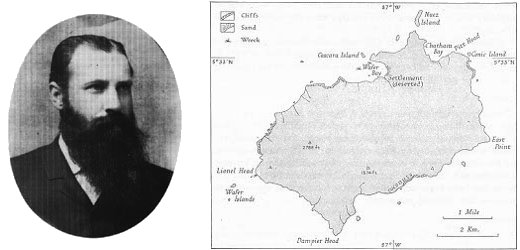
August Gussler was persistent. Convinced that Costa Rica’s tiny Cocos Island hid the loot of generations of pirates, the German adventurer set up camp there and in 1889 started digging.
The island occupies only 9 square miles, but it’s crowded with the ghosts of wealthy criminals, including English buccaneers Edward Davis and Bartholomew Sharp, Portuguese pirate Benito Bonito, and Captain William Thompson, who, entrusted with $60 million during an uprising in Lima in 1820, had turned criminal and kept it for himself. All of these, it was said, had hid their loot in the caves of Cocos, whose location 500 miles off the coast had made it an ideal haven for pirates plying the South Seas.
To aid in his search, Gussler had made himself a student of the island’s history. Bonito, he told one visitor, had buried “three hundred thousand pounds’ weight of silver and silver dollars, in a sandstone cave in the side of the mountain. Then he laid kegs of powder on top of the cave and blew away the face of the cliff. In another excavation he placed gold bricks, 733 of them, four by three inches in size, and two inches thick, and 273 gold-hilted swords, inlaid with jewels. On a bit of land in the little river, he buried several iron kettles filled with gold coin.”
Alas, it was hidden remarkably well. In 1908, when Gussler gave up his quest, he had found six gold coins.
